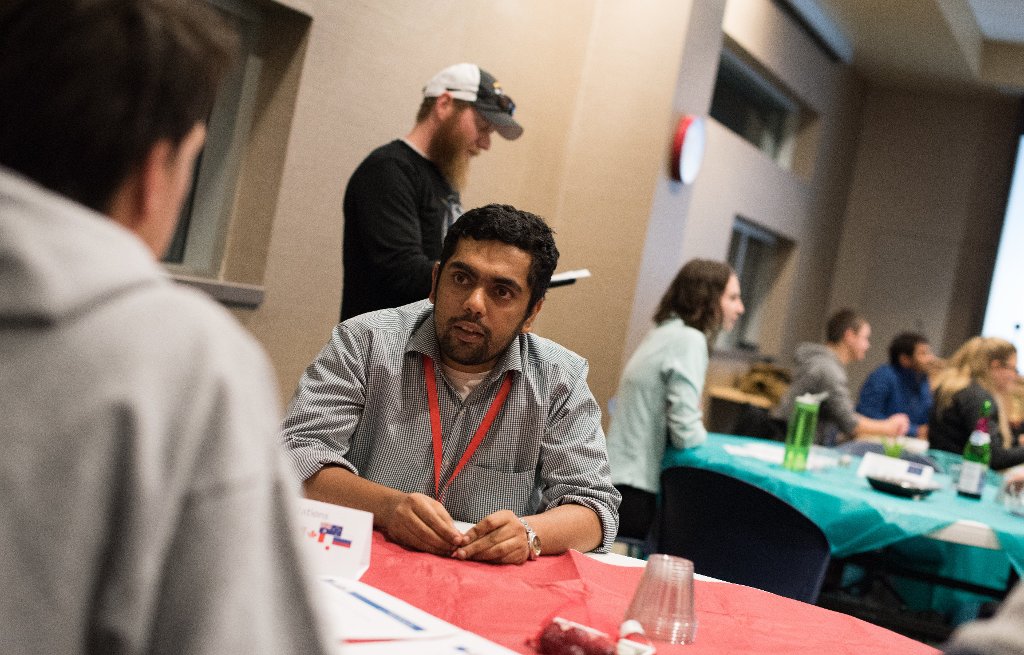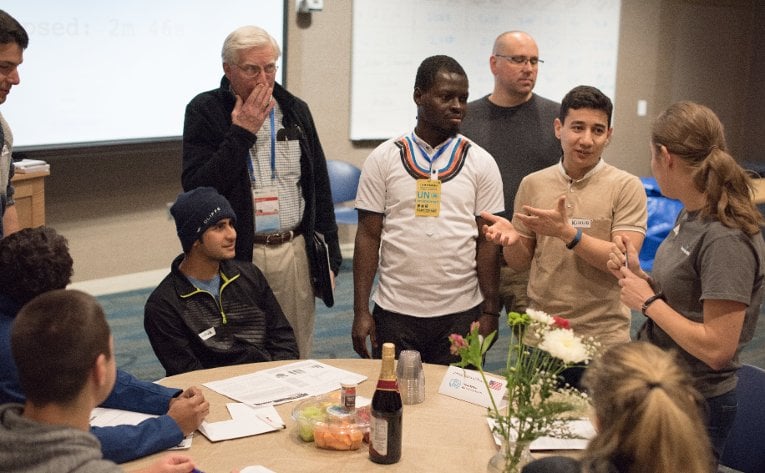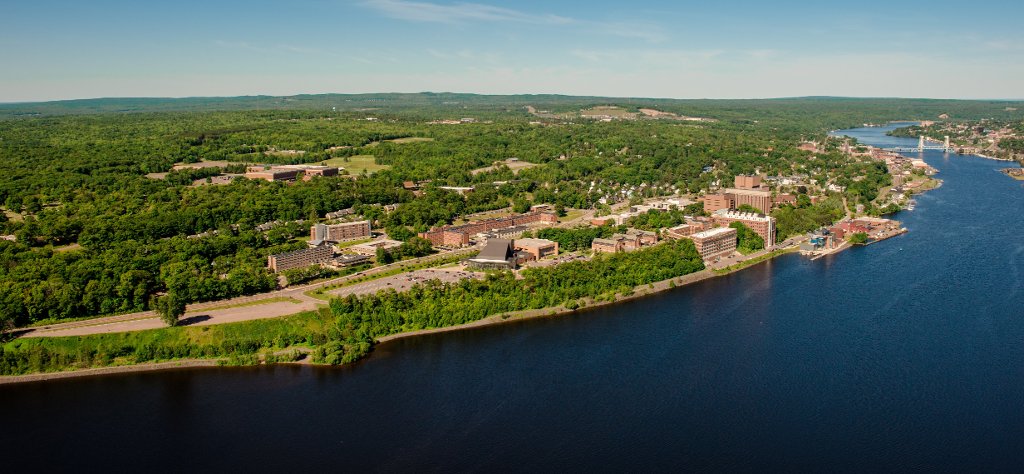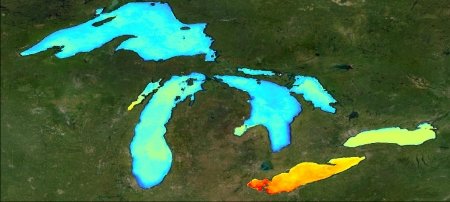The stage is set: the United States of America has a table cloth, flowers and fresh fruit. The European Union has a tablecloth, wine and chocolates
Other developed countries have chocolates. China has no table cloth, just vegetables. India doesn’t even have a table—just chairs. Developing countries don’t even have chairs, so they’re seated on a tarp on the floor. There are activists, journalists and lobbyists, ready to circle the represented countries like hawks, to try to sway the negotiations in their direction. It’s now time for the representatives of each country to start talking about climate change.
The World Climate Simulation is a role-playing climate negotiations game. Michigan Technological University students, faculty and community members recently played this simulation in which players represented different countries, activists, lobbyists and journalists.
The climate change game is no game; climate change is a topic we as the future of science and engineering all are likely to face. The goal of this game is to reduce carbon dioxide emissions levels enough to keep temperatures within two degrees Celsius of pre-industrial levels by the year 2100, and to have $100 billion in the Global Fund for Mitigation and Adaptation. Each country was to set a date for the year they would stop increasing emissions, the year they would begin reducing their emissions, the annual reduction rate, prevention of deforestation, promotion of the planting of new trees and contribution to the global fund. Deforestation and planting more trees were both represented in terms of percentage: if a region promised 100 percent deforestation prevention, they would be pledging maximum feasible reduction.
I was participating in the role of an activist. The activists were to go to each country and argue as the voice of the environment, to push for more tree planting, lower emissions and putting more money in the global fund so that the underdeveloped countries could do more. Lobbyists were to push for continued use of natural gas and coal, some of the biggest contributors to climate change. They frequently achieved their goal by pledging money to
different regions. This frequently meant pushing countries to decrease the prevention of deforestation. Representatives from each country interacted with each other to make deals. The underdeveloped countries pushed for more money to be pledged to the global fund so that they could support more positive changes, like clean energy.
A Drastic Emissions Reduction
Several countries pledged to reduce their annual rate of emissions by three percent. “Decreasing CO2 emissions by 3 percent annually, as nearly every group promised, is quite drastic,” Sarah Green, chemistry professor and leader of our Climate Change Game, said, “A three percent cut per year means a cut of 50 percent by 2040.”
So, did we meet our goal? Plugging our answers into software designed by the Massachusetts Institute of Technology gave us our answer. Based on the first round pledges, the temperature in 2100 would be 2.6 degrees Celsius above pre-industrial temperatures. Each team gave a two-minute speech about their decisions. They explained how they came to them and—in the case of the developing countries—asked for more money to be added to the global fund.
We hadn’t met our goal, so back into negotiations for round two, except without the developing countries—they were under water. Since we had not met our goal, the sea levels rose and consequently turned the developing countries into the new Atlantis.
After the second and final round of negotiations, the countries got to within 2.3 degrees Celsius above pre-industrialization temperatures.
Better Than Paris
How did the results of the climate change games compare to our global climate change treaty, the Paris Agreement? Currently, if all nations implement their Paris proposals, we will be within 3.3 degrees Celsius over pre-industrial temperatures. The simulated result of the climate change game was actually closer to our global goal than the results of the Paris Agreement. Not bad for a group of interdisciplinary students.
If you’d like to learn more about climate change, emissions and what countries are doing about, go to this Climate Interactive site.
Michigan Technological University is an R1 public research university founded in 1885 in Houghton, and is home to nearly 7,500 students from more than 60 countries around the world. Consistently ranked among the best universities in the country for return on investment, Michigan's flagship technological university offers more than 185 undergraduate and graduate degree programs in science and technology, engineering, computing, forestry, business, health professions, humanities, mathematics, social sciences, and the arts. The rural campus is situated just miles from Lake Superior in Michigan's Upper Peninsula, offering year-round opportunities for outdoor adventure.







Comments